What happens to your recycling
Ever wondered what happens to your recycling once it has been collected? Here you can find out how your waste is being recycled.
Recycling data
Wrap Cymru's My Recycling Wales website provides information about the recycling collected in Bridgend County Borough, you can view information on:
- Amount recycled
- Climate change impact
- Savings
- Destinations
Recycling processes
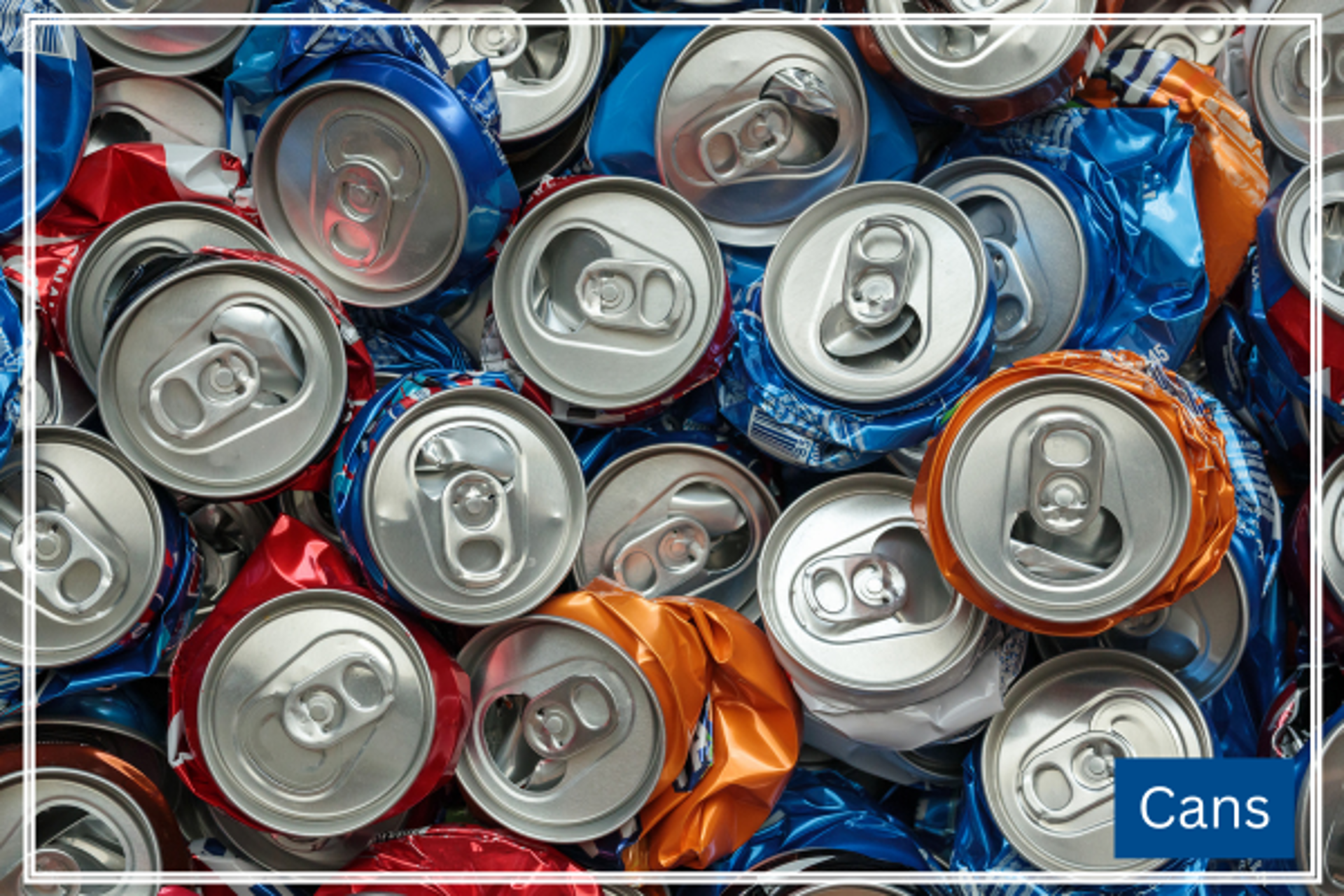
Cans
Aluminium or steel cans are melted down to make new products including new drinks cans, food tins or even car parts.
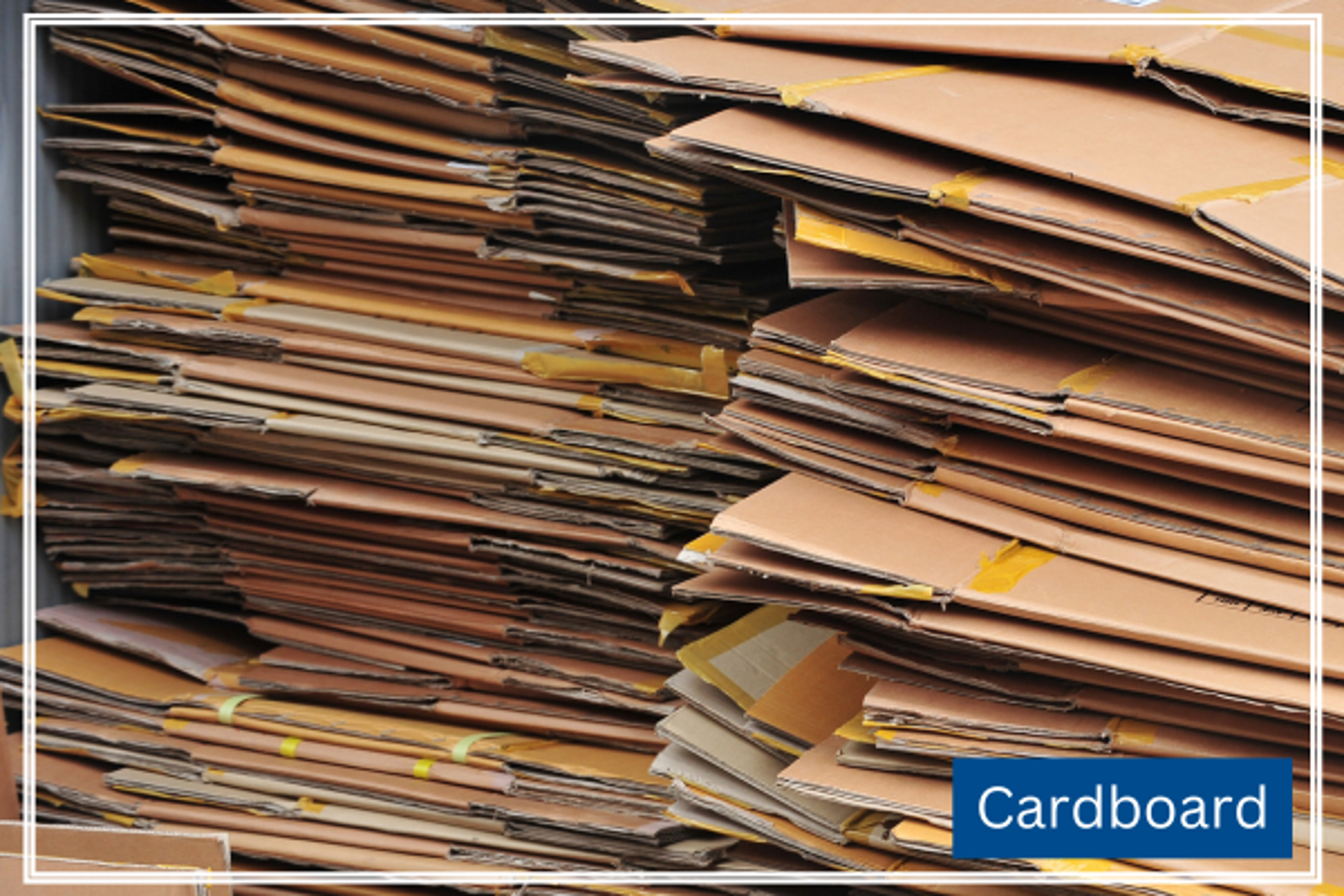
Cardboard
Water is added to cardboard to make a pulp.
This can be dried, and turned into new cardboard products.
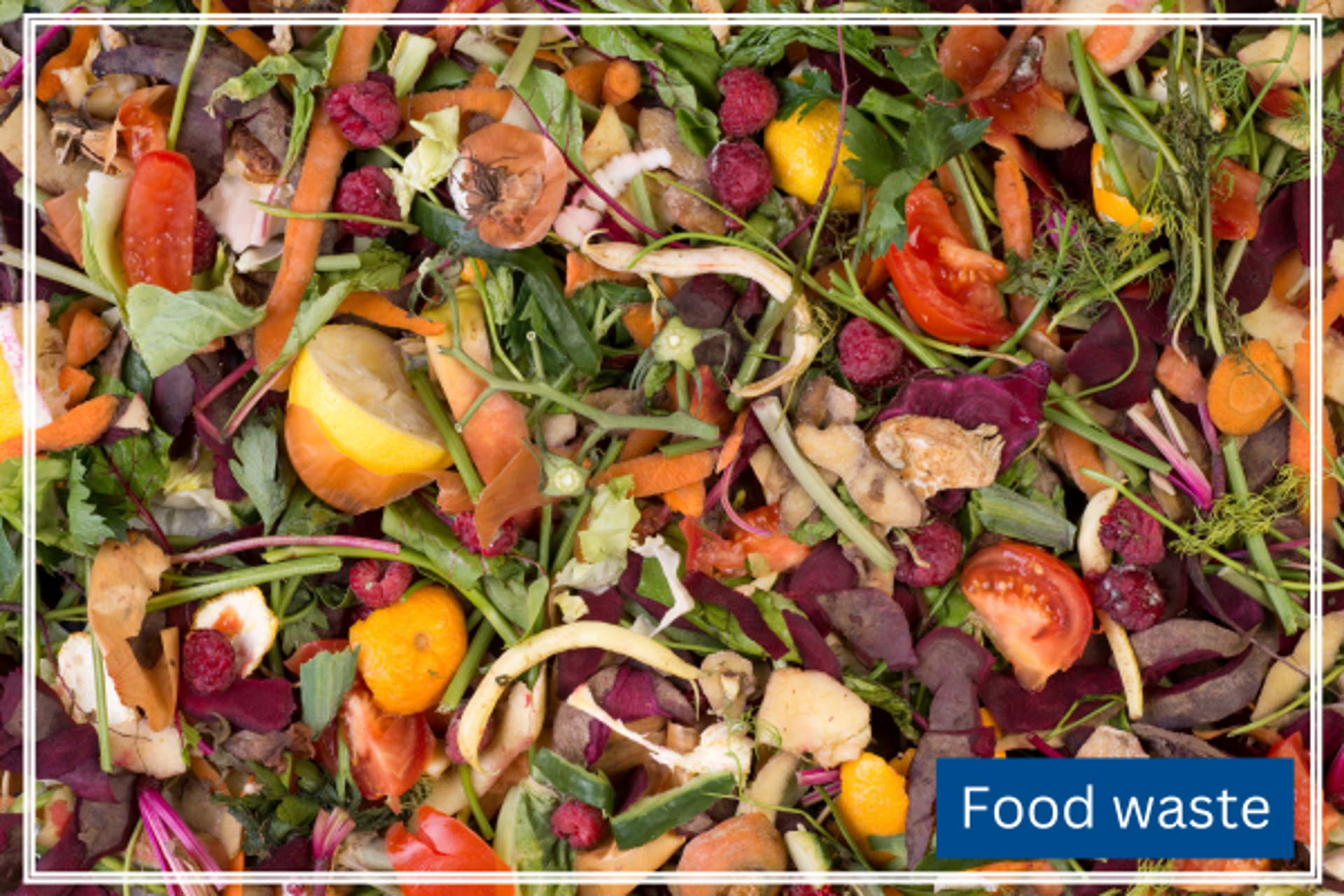
Food waste
- Energy - The food waste you send for recycling goes for treatment in a facility at Stormy Down. It is put through a process known as “anaerobic digestion” where micro-organisms are added to the food waste. These emit methane gas as the waste breaks down, which is used to generate electricity. This energy source means we can produce electricity with less fossil fuel.
- Fertiliser - Farmers can use the material left at the end of the anaerobic digestion treatment to fertilise their fields. This means farmers need less chemical fertiliser. Consequently, plants and animals are not harmed, as less chemical fertiliser washes off fields into our streams, rivers and seas.
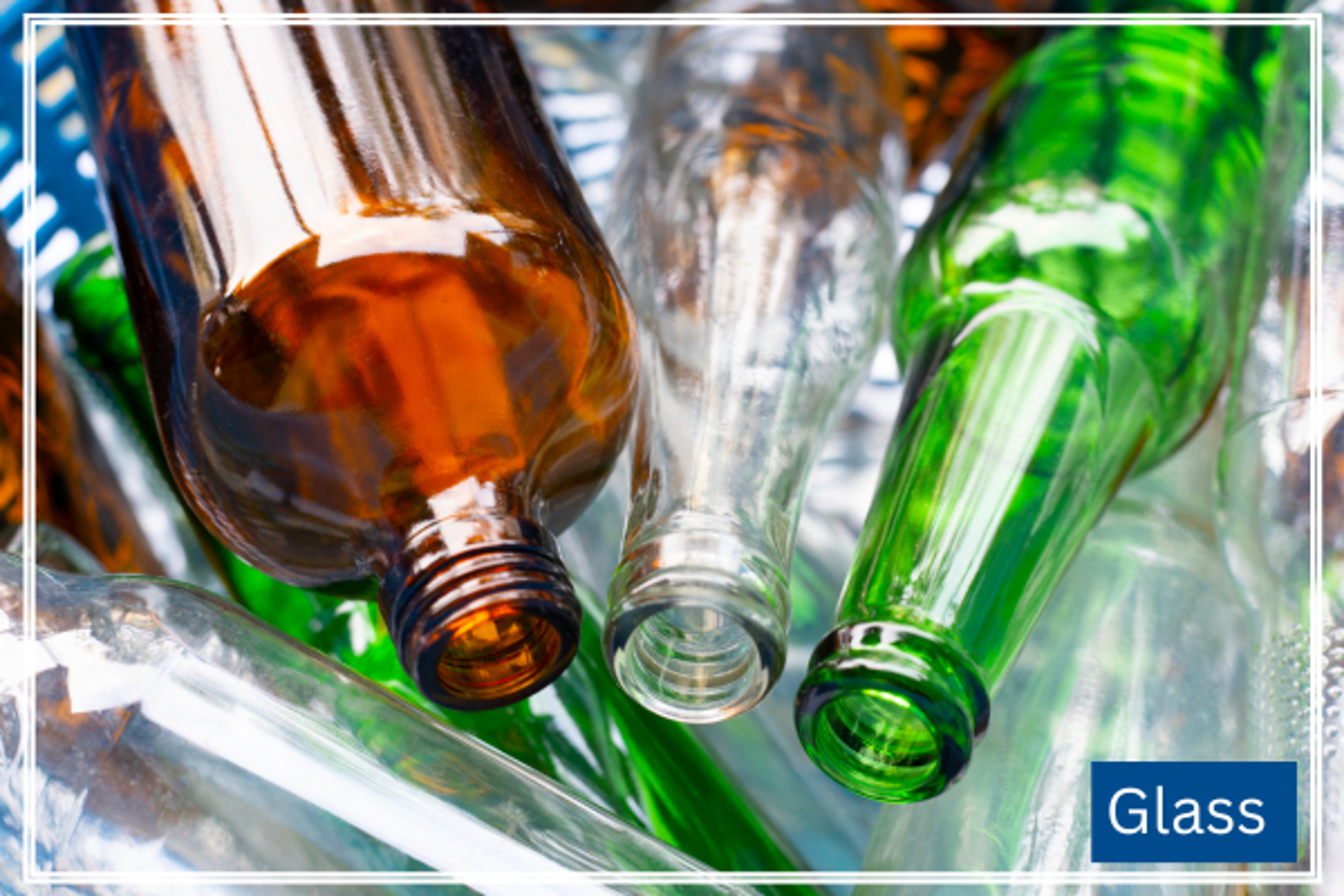
Glass
When glass arrives at the recycling facility, it is sorted by colour and crushed into small pieces called cullet. Contaminants are removed from the cullet using magnets, air suction and laser sorters.
The cullet is melted in a furnace at over 1500ºC and other ingredients are added.
The liquid glass is then divided into globs which can be blown or pressed into brand new bottles and jars.
A great property of glass is that it can be recycled indefinitely.
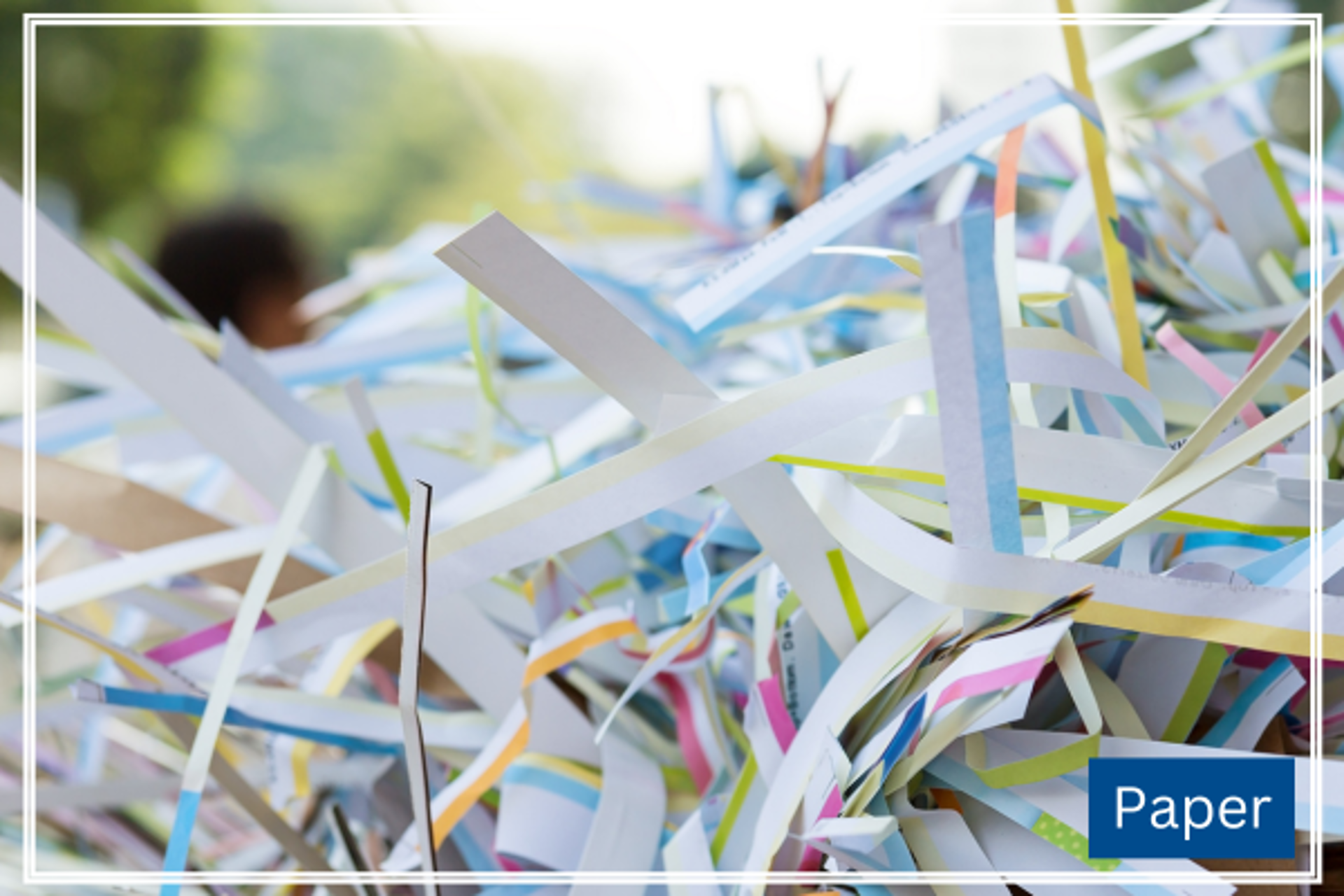
Paper
Water is added to paper to make a pulp.
This can be dried, and turned into new paper products.
If you put a newspaper out for recycling today, it can be back on newsagents’ shelves in as little as two weeks.
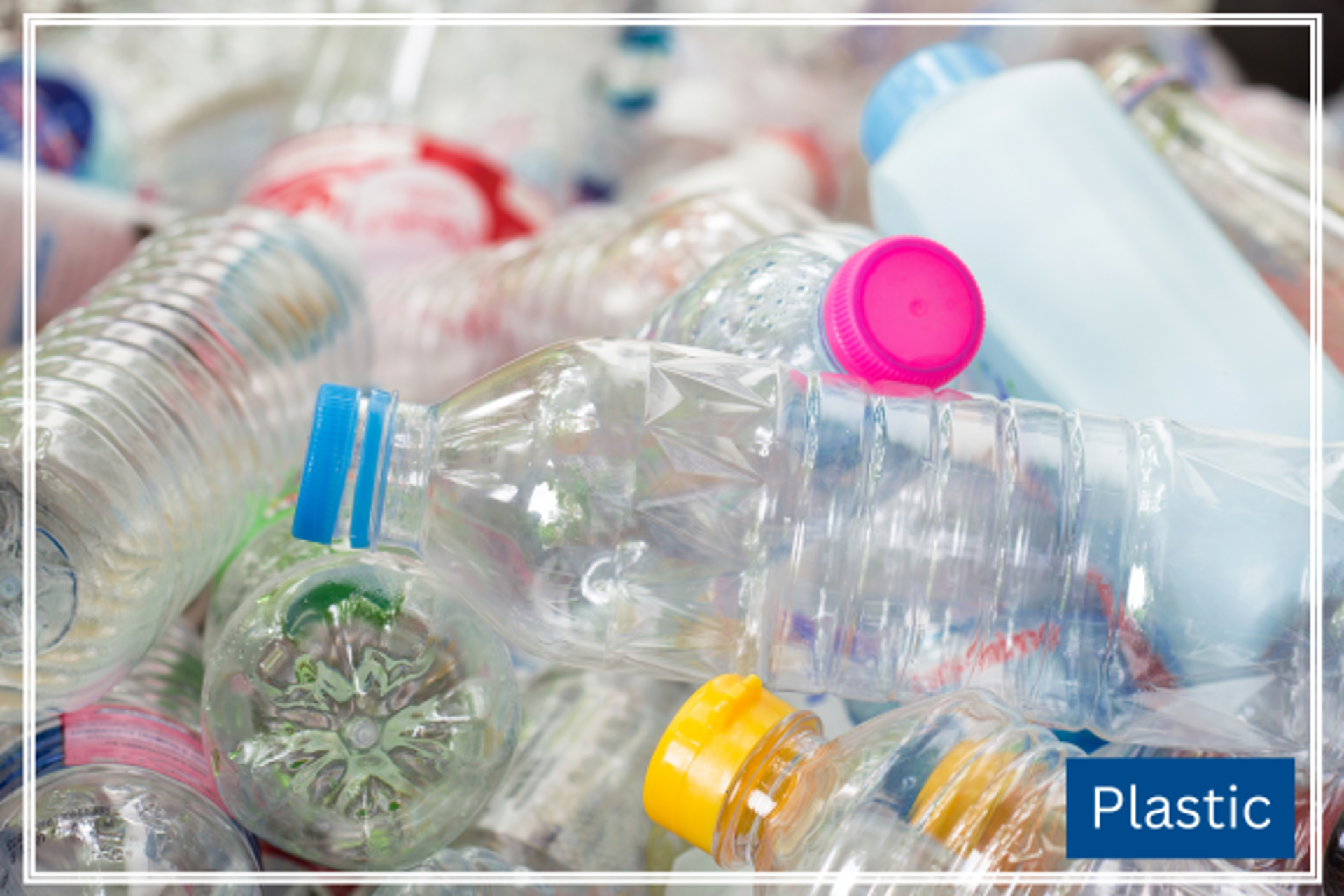
Plastic
When plastics arrive at the recycling facility, they are sorted by polymer type, shredded, washed and turned into pellets.
Then, manufacturers use these pellets to make new plastic products such as bottles, tubs, polyester fabric for clothing, and drainage pipes.
For further information on recycling and waste in Bridgend County Borough, please contact:
